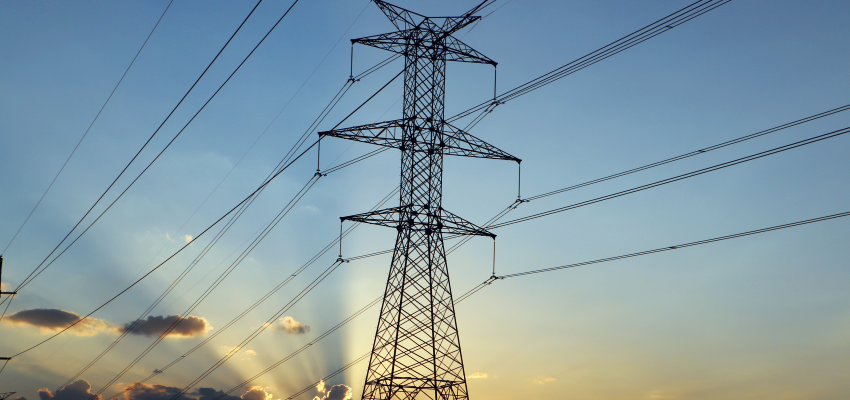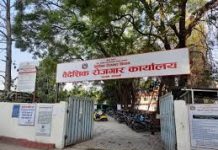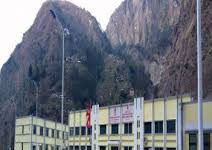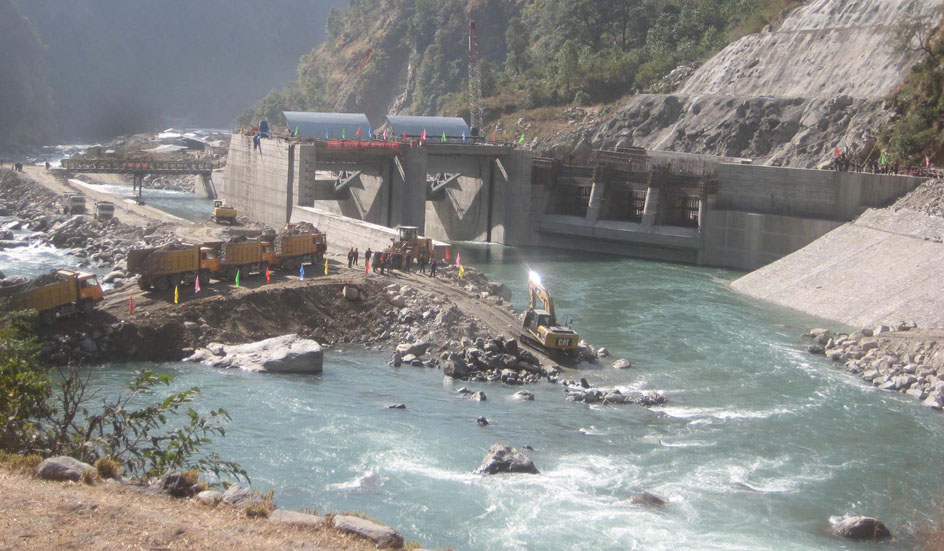Parasi, Oct 30 . People living in the areas affected by the New Butwal-Gorakhpur 400 KV Inter-country Transmission Line Extension Project have called for adopting alternative ways while constructing the project.
The project affected area locals have also started a protest movement citing hundreds of acres of their farmland would be damaged in course of the extension of the power transmission line from their area.
Project affected people of Ramgram municipality-17 and Palhinandan rural municipality’s ward number 1, 2 and 3 have taken to the street and have been carrying out street demonstration against the project.
The demonstrators claim that hundreds of acres of land belonging to more than 300 farmers of these localities would be affected when the high tension line is extended above their farmland. They have suggested the project office to construct the high tension line on an alternative alignment.
The project affected farmers have suggested using the Jharahi and Bhaluhi rivulet corridor as an alternative alignment for the extension of the high-tension power transmission line. The Jharahi and Bhaluhi rivulet corridor is near the present alignment. They argue that using this alternative alignment will reduce 80 per cent of the damage to their farmland.
Project affected farmers have also complained that the compensation that has been proposed for the land lying on the right of way of the extension line is inadequate. They are demanding for cent per cent compensation as per the current price of land. The farmers have also complained that they will face difficulty in taking out loans from banks by keeping their land as collateral since as per the condition of the project they cannot sell or keep as collateral the land 23 metres on both side of the alignment of the high tension transmission line.
As per the agreement reached between the Government of Nepal and the Government of India, the 400-KV Transmission Line is being constructed under the funding of the US-aided Millennium Challenge.
Nepal and India are equally sharing the total cost of the project that is expected to complete within three years. RSS

















